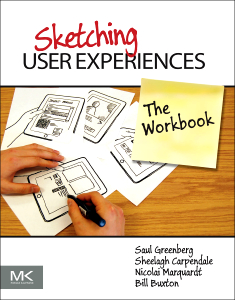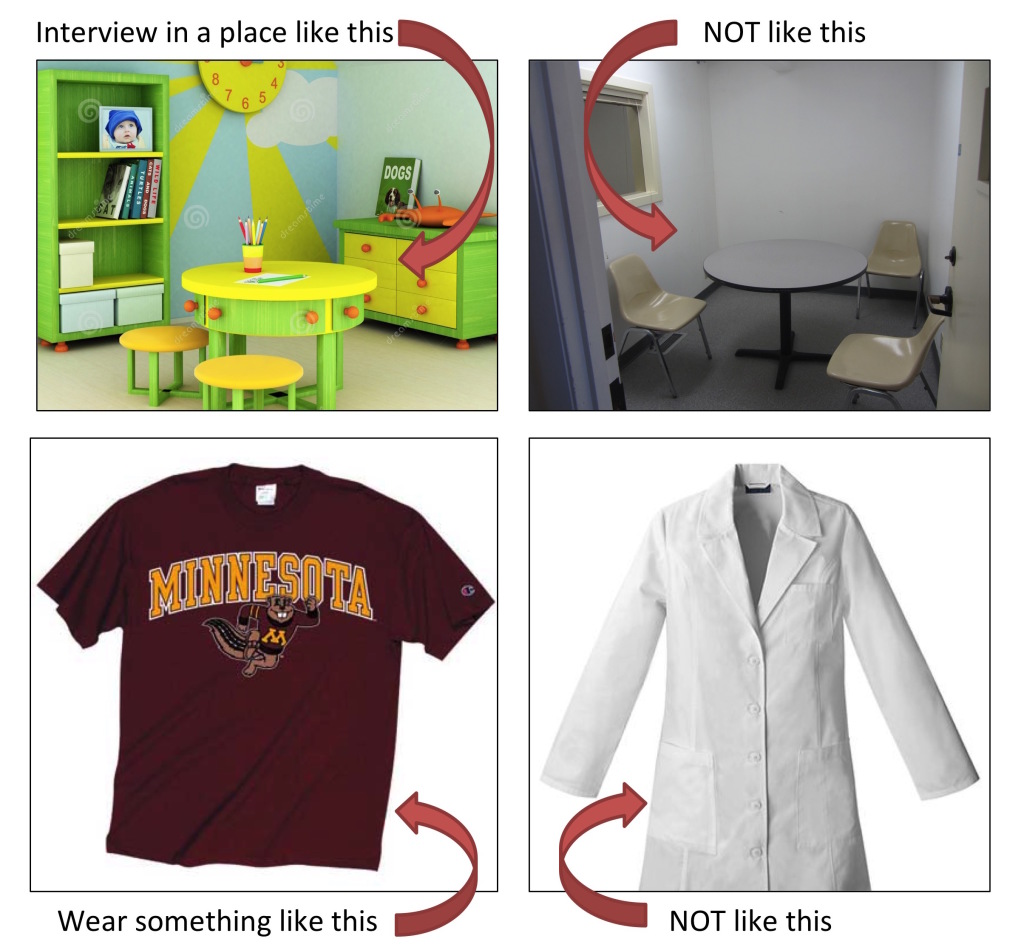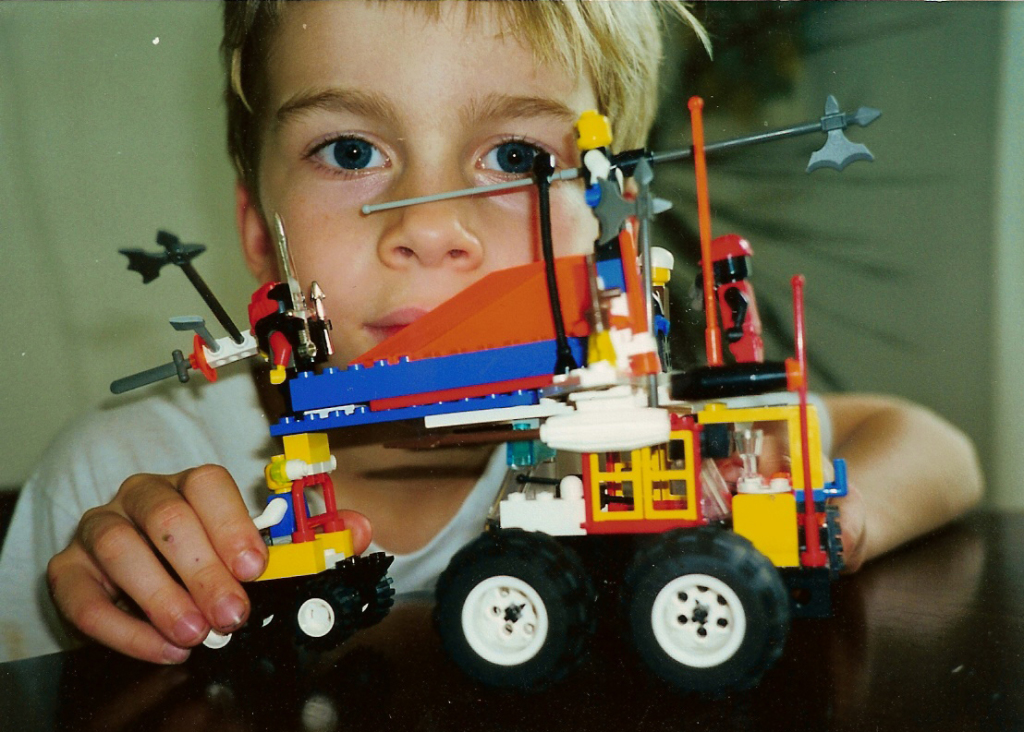Like many other schools, University of Minnesota has a fairly long winter break (more than a month!). The break from classes provides an excellent opportunity to catch up with friends and family, sleep, and (most importantly, of course) focus on research. If you are a Computer Science student starting or thinking about a research program in Human-Computer Interaction, consider if you can dedicate an hour a day to becoming a better researcher. If you’re interested, here’s a short (and I think, fun!) program to fill some gaps between an undergraduate Computer Science program and a graduate program in HCI.
Build a Psychology Foundation (10-25 minutes per day): Computer Science students who come into HCI frequently have the “Computer” part of HCI down, but have less exposure to formal studies of human behavior. One of the best ways to catch up is to take a crash course in Psychology. For this, I recommend the CrashCourse Psychology YouTube series. There are 39 episodes which (I think) get more relevant to HCI and Social Computing as the show goes on. Watching one or two episodes a day will give you a good start and set up a solid foundation if you want to explore any of the topics discussed in more detail. Here’s one of my favorite episodes from the show:
Start a Design Collection (10 minutes per day): Design plays an important role in HCI, but good design is difficult to teach. A big part of becoming a good designer is developing a practice of being open to inspiration, learning from examples of others, and sharing/critiquing ideas. One action you can take today to build this practice is to start a collection of inspirations. Whether this is a physical sketchbook or a digital collection in Evernote or Pinterest,  the important thing is that you add to it regularly, share it and discuss it with others, and browse through it when you need ideas. If you have a specific research area already, start collecting images, articles, videos, and examples that are relevant to it. If you don’t have a specific area yet, collect examples of particularly good design and anything else that inspires you. As you build your collection, share it with friends and family — soon you’ll get people sending you ideas and inspirations and it’s a great way to reflect. If you want more information about design and collections in HCI, I suggest you take a look at Sketching User Experiences: The Workbook and the slides associated with the collections chapter.
the important thing is that you add to it regularly, share it and discuss it with others, and browse through it when you need ideas. If you have a specific research area already, start collecting images, articles, videos, and examples that are relevant to it. If you don’t have a specific area yet, collect examples of particularly good design and anything else that inspires you. As you build your collection, share it with friends and family — soon you’ll get people sending you ideas and inspirations and it’s a great way to reflect. If you want more information about design and collections in HCI, I suggest you take a look at Sketching User Experiences: The Workbook and the slides associated with the collections chapter.
Immerse Yourself in Good Research (25 minutes per day): Lastly, being a good designer or builder is not enough to be a good HCI researcher. One way of starting to develop good research intuitions is to read examples of strong research. The best paper awards at your target conference are an easy place to start (e.g., Best of CHI 2014). Pick one paper and spend 20 minutes reading it (it’s important to learn to read quickly, which may mean skimming some sections). As you read, note how the authors designed, framed, and described their work. Add the paper to your bibliography manager and jot down some of those insights for later inspiration.
By spending just one hour a day during this winter break, you’ll return to school in a much better position to do strong HCI research. Research is about building a practice. Consistent effort will look very much like genius after some time.
Late-Breaking Addition: If you have another 30 minutes a day, Shaun Kane suggests brushing up on your statistics by taking Jacob Wobbrock’s Practical Statistics for HCI self-guided course. It’s a 10-unit course, so doing two units a week will get you just about done with it by the end of the break.



